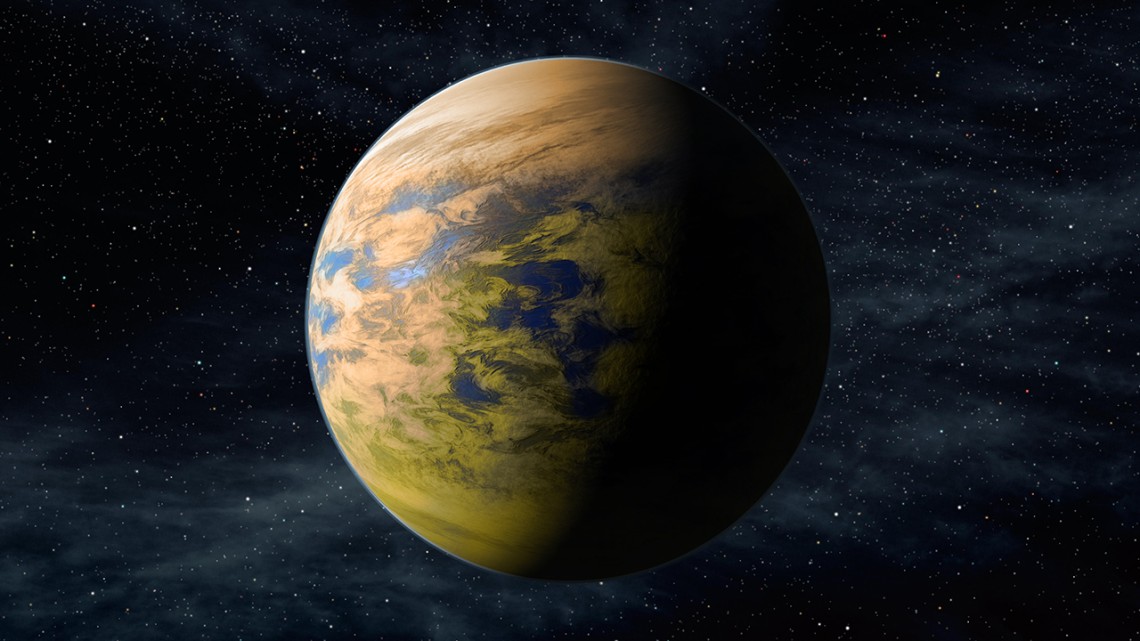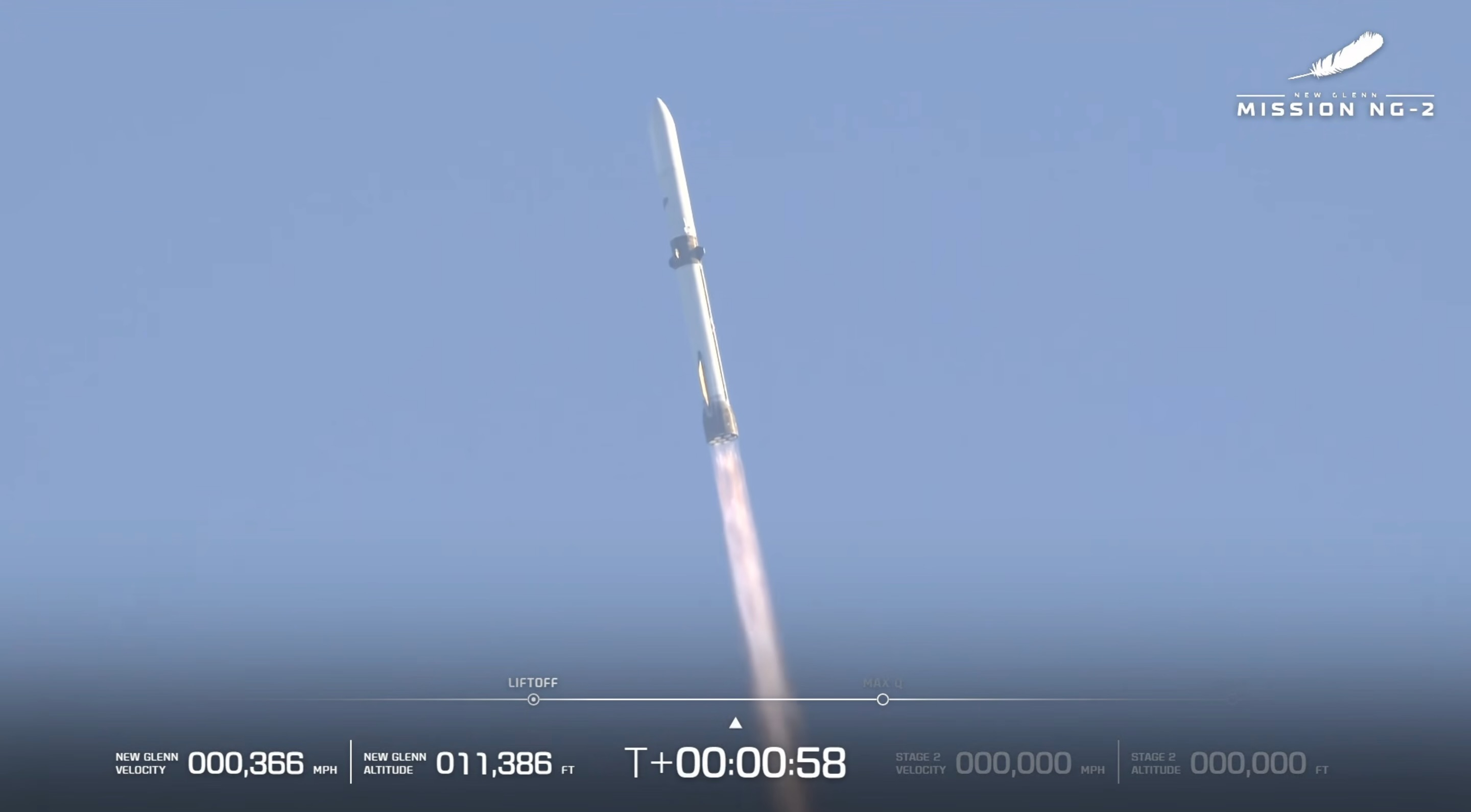Could alien life be found in the clouds of an exoplanet?
"We thought clouds would hide life from us, but surprisingly, they could help us find life."

Astronomers usually don't like clouds. After all, clouds obscure their view of the cosmos. But dense cloud coverage is now something astronomers might look for on distant exoplanets.
Researchers at Cornell University have developed the first-ever reflectance spectra — essentially a color-coded key — of the colorful microorganisms that live in Earth's clouds. Now, astronomers can potentially use this key to identify similar organisms in the clouds of exoplanets, if they exist.
"We thought clouds would hide life from us, but surprisingly, they could help us find life," Lisa Kaltenegger, professor of astronomy at Cornell and the director of the Carl Sagan Institute, said in a statement.
The idea for the work came from astrobiologist Ligia Coelho, an astronomy postdoctoral fellow at Cornell University. "There is a vibrant community of microorganisms in our atmosphere that produces colorful biopigments, which have fascinated biologists for years. I thought astronomers should know about them," she said.
Biopigments are quite common in Earth's organisms. "Biopigments have a universal character on our planet. They give us tools to fight stresses like radiation, dryness and lack of resources," said Coelho. "We produce them, and so do bacteria, archaea, algae, plants, other animals." The cloud microorganisms produce biopigments for protection from ultraviolet rays, which are abundant high in the atmosphere where they reside.
Running the spectra through models, Coelho and her collaborators determined that exoplanet clouds with the colorful microorganisms would look different from exoplanet clouds without them. Thus, astronomers can use them as a potential biosignature.
Of course, we don't know that similar microorganisms even exist anywhere else in the universe. But if they do, we'll be able to use upcoming telescopes like NASA's Habitable Worlds Observatory and the European Southern Observatory’s Extremely Large Telescope to look for them.
Breaking space news, the latest updates on rocket launches, skywatching events and more!
"Finding colorful life in Earth’s atmosphere has opened a completely new possibility for finding life on other planets," said Kaltenegger. "Now, we have a chance to uncover life even if the sky is filled with clouds on exoplanets."
Research on the biopigment spectra was published in the Astrophysical Journal Letters on Nov. 11.

Space.com contributing writer Stefanie Waldek is a self-taught space nerd and aviation geek who is passionate about all things spaceflight and astronomy. With a background in travel and design journalism, as well as a Bachelor of Arts degree from New York University, she specializes in the budding space tourism industry and Earth-based astrotourism. In her free time, you can find her watching rocket launches or looking up at the stars, wondering what is out there. Learn more about her work at www.stefaniewaldek.com.
You must confirm your public display name before commenting
Please logout and then login again, you will then be prompted to enter your display name.
